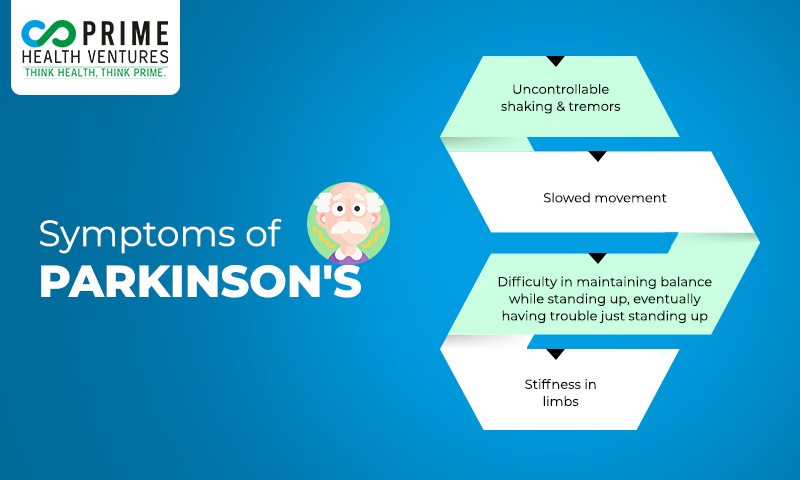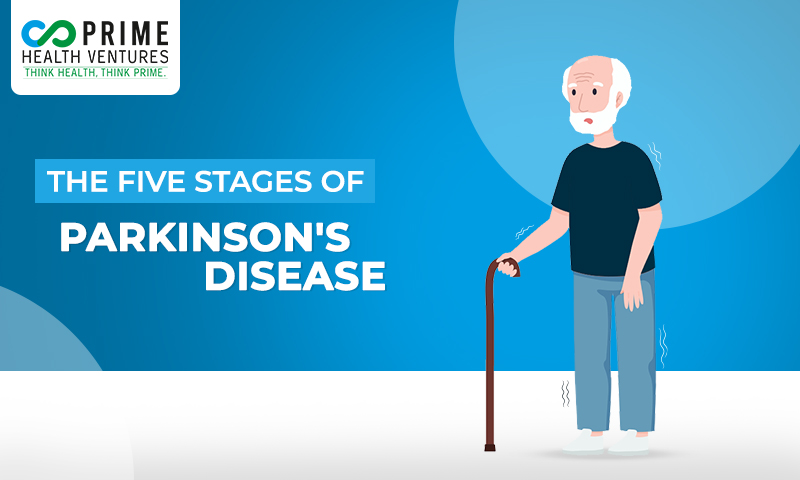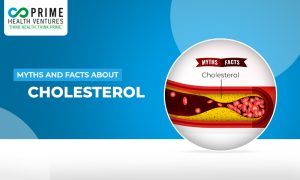Parkinson’s is a progressive neurological illness triggered by degeneration or cell breakdown in the nervous system. It’s marked by the onset of several symptoms, which gradually progress – stage by stage. The stages are ranked from 1 to 5 — each stage has its own set of symptoms. People with Parkinson’s don’t necessarily face symptoms in the same order, and that’s why they’re ranked in stages to keep tabs on their progression patterns. Still, specific recognizable symptoms should be considered in all seriousness and not ignored when faced with them.
Symptoms of Parkinson’s Disease

- Uncontrollable shaking & tremors
- Slowed movement
- Difficulty in maintaining balance while standing up, eventually having trouble just standing up
- Stiffness in limbs
Stage 1
At the initial stage, individuals with Parkinson’s experience mild symptoms that lack the severity to affect their daily functioning and overall lifestyle. At Stage 1, changes in the individual’s posture, walk, or facial expressions set on — these can be easily missed by the individual but are often caught by friends and family. Now, the one distinction of Stage 1 of Parkinson’s, which can help you identify its onset, is that the tremors and slow body movements are exclusive to one side of the body.
Stage 2
The symptoms worsen and become much more apparent than Stage 1. Tremors and body movement difficulties start affecting the other side of the body as well (possibly mildly). Tasks become more time consuming and posture ever-changing. The transition period from Stage 1 to Stage 2 is different in individuals and can take months to years. Meanwhile, individuals with Stage 2 Parkinson’s can still live alone but with a time lag in activities.
Stage 3
Stage 3 — the mid-stage of Parkinson’s has symptoms similar to that of Stage 2. But individuals now experience the loss of balance with the difficulties in body movements. And these two factors cause an increase in falls. Though still independently functional, the individual will face many difficulties in daily activities like dressing and eating.
Stage 4
With the onset of Stage 4, individuals cannot live alone. Movements become so limited that many of the daily tasks become impossible. Individuals can stand on their own but not walk. They need a walker or devices for assistance. Due to the severity, individuals lose their independence in performing most of the daily tasks.
Stage 5
It’s the most advanced stage of Parkinson’s Disease. At this stage, individuals find it impossible to stand & walk due to the advanced stiffness in their legs. They need to rely on wheelchairs and constant assistance to function. By this stage, individuals even start experiencing confusion, hallucinations and delusions. Therefore, dementia is common among individuals with Stage 5 Parkinson’s Disease.
eMedica Therapy to Improve Patient Health
eMedica wellness device is an electronic medical device that modulates the body’s electromagnetic frequency to optimal levels. By generating specific frequencies, voltages or their combinations, the device speeds up the cure against a targeted disease within a human body. It also improves the charge of your blood cells to boost the body’s natural healing abilities.
Parkinson’s Disease is caused by a degeneration of nerve cells in the part of the brain called Substantia Nigra. With daily use, the eMedica wellness device enhances the charge of the nerve cells in the affected part of the brain. The nerve cells then become more apt for proper functioning, whose results you’ll see in the form of reduced symptoms and a significant improvement in your overall health.



